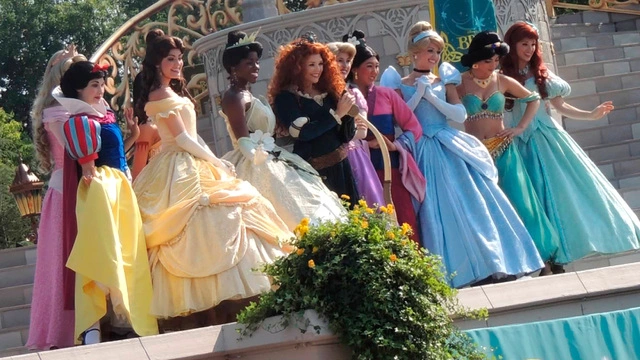In 2016, Professor Sarah Coyne from Brigham Young University conducted a sensational study showing that cartoons about Disney princesses can instill false beliefs in children. gender stereotypes, for example, that girls should be beautiful and not strive for career success. Five years later, the scientist conducted a repeat study with the same group of children, and the results surprised everyone even more.
 13793
13793
The first study involved more than 300 preschool children and their parents. The results showed that Disney cartoons about princesses – Aurora, Belle, Ariel, Mulan, etc. – 96% of girls and 87% of boys watch regularly. More than half of the young participants (61%) played with princess dolls at least once a week, compared with 4% of boys.
In the new study, all participants had reached early adolescence. And while Disney princess culture shaped many of them into unsafe stereotypes at age 5 or 6, a new study shows that over time, their perceptions have changed for the better under the influence of these characters.
In particular, girls who were more involved in this culture were more likely to report their intentions to pursue an education and a career and considered these to be equally important for both men and women.
Boys who watched Disney cartoons about Cinderella and Rapunzel, were less likely to adhere to ideas of “toxic masculinity”—strict divisions of gender roles in which men are the default dominant role. They are also not shy about expressing their feelings and emotions.
“Instead of suppressing their feelings or thinking they should fight someone who challenges them, they can express their emotions in non-violent ways,” said Professor Sarah Coyne.
The most surprising discovery for the scientist, it was that fans of Disney princesses over time developed a healthier attitude towards their body and its imperfections compared to their peers who grew up watching other cartoons and movies. The author of the study called these results unexpected, since the images of princesses have been repeatedly criticized for being too ideal in shape, which can cause unnecessary complexes in girls.
“Princess culture gives women key storylines in which they act as protagonists . They follow their dreams, help others, and become people who are not assigned a role because of their gender. In addition, these characters show both boys and girls that they can be very different,” says Sarah Coyne.

Comment here